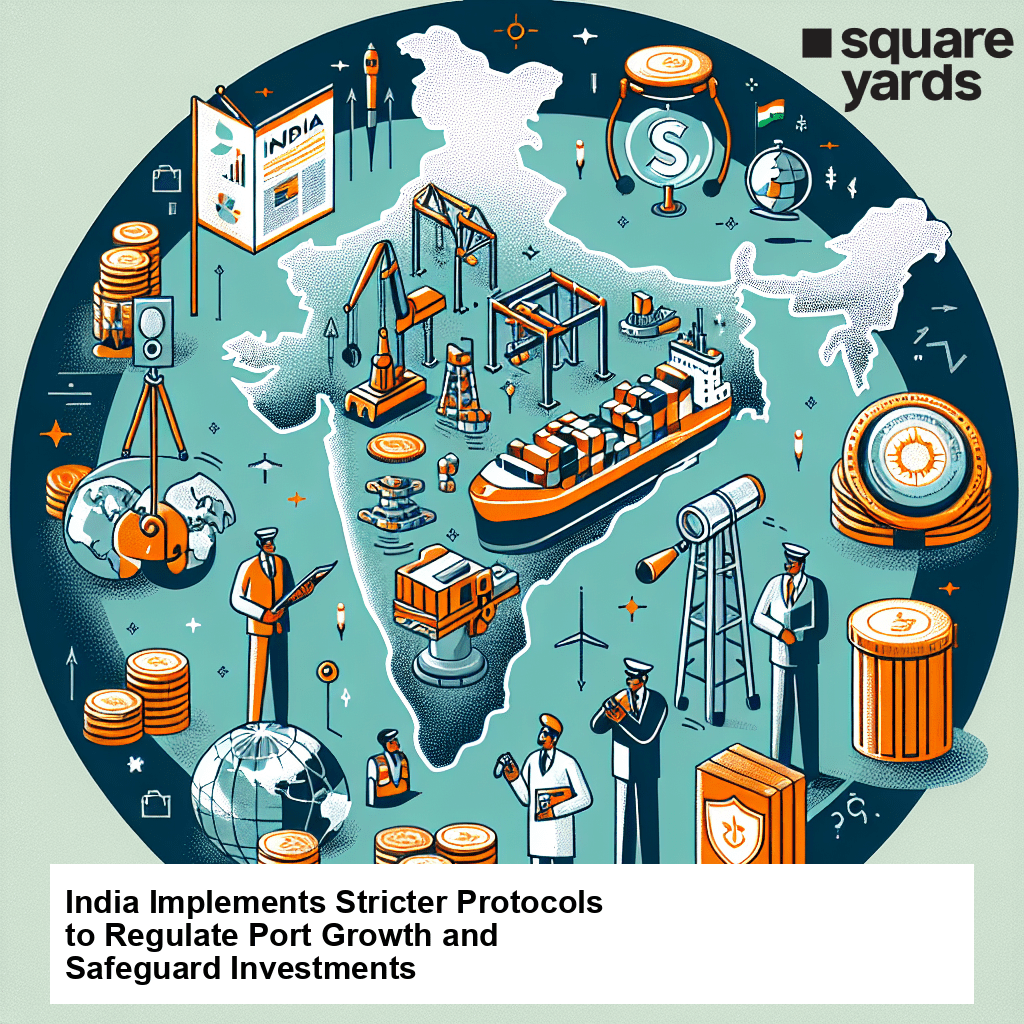India, a country with significant dependence on maritime transportation, is undertaking measures to ensure regulated growth in its maritime sector. The Indian government has recently announced the development of strict standard operating protocols (SOPs) for approving new ports. The objective is to prioritize the full capacity utilization of existing ports before giving the green light to new ones.
Protection of Investments in Port Infrastructure
The implementation of these SOPs aims to safeguard the substantial investments made in establishing ports in the country. Similar to other large logistic infrastructure projects such as highways, ports depend on long-term market exclusivity to recoup the investments. This exclusivity may face challenges with the emergence of new ports or terminals in close proximity. Such developments can further delay the profitability of existing ports or render older assets unviable. Status of Indian Ports At present, India has a total of 226 registered ports, out of which only 78 ports are operational. Among the functional ports, 40 exclusively handle passenger traffic and are predominantly located in the Andaman & Nicobar Islands (A&N) and Lakshadweep Islands. Surprisingly, over 100 ports, mostly identified by respective state governments, have remained undeveloped for several years or have made negligible progress towards development. The presence of these underutilized ports poses unnecessary risks to investments made in nearby ports.
Directive to Incorporate New Ports into Existing Master Plans
To address these challenges and create a structured growth trajectory for Indian ports, the newly introduced SOPs mandate any new port projects to be part of the existing master plans of either the central government or state governments. This requirement will ensure careful consideration of the overall development of the maritime sector and prevent the indiscriminate establishment of ports without proper planning or coordination. In conclusion, the Indian government’s move to establish strict SOPs for approving new ports signifies a proactive approach to promote regulated growth in the maritime sector. By prioritizing the maximum utilization of existing ports, the government aims to protect past investments while strategically planning future port developments. It is expected that these protocols will help harmonize the expansion of the maritime infrastructure and lead to a more efficient and sustainable logistics network in India.






















